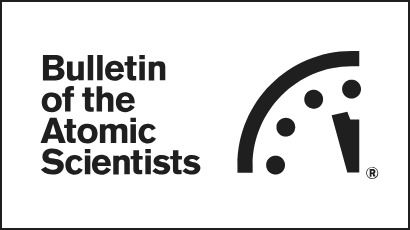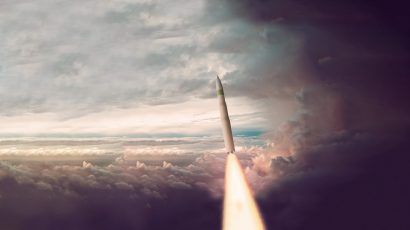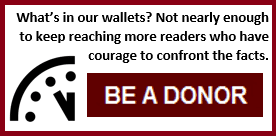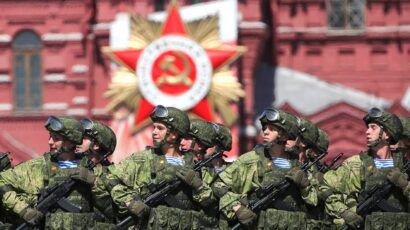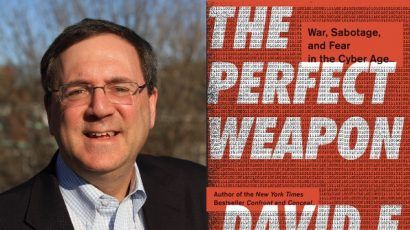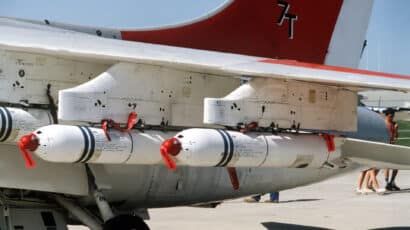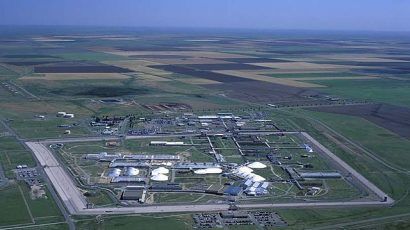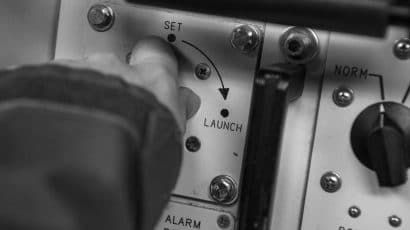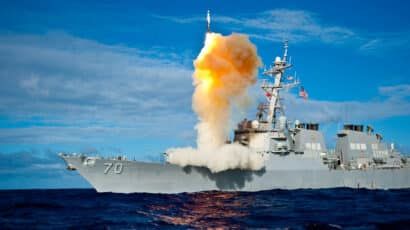Search results for autonomous weapon
AI and atoms: How artificial intelligence is revolutionizing nuclear material
There's a three-dimensional solution to manage the evolving dual-use concern of AI: advance states-centric monitoring and regulation, promote intellectual exchange between the non-proliferation sector and the AI industry, and encourage AI industrial contributions.
Facing the central questions of nuclear disarmament
In order to achieve the ultimate goal of a world without nuclear weapons, it may be necessary to first achieve another goal—eliminating the reasons why nuclear weapons were developed in the first place.
Ethics on the near-future battlefield
From deciding which soldiers to enhance, to figuring out which enemies to disable, tomorrow’s military leaders will face a host of thorny moral dilemmas.
Rethinking the US strategic triad: When it comes to nuclear platforms, how many are enough?
Current modernization plans for the US strategic nuclear triad may not have sufficiently considered the range of available options made possible by new technology, or adequately considered whether a more streamlined and less expensive force structure would suffice for deterrence.
Don’t fear the robot car bomb
The incentives and practicalities make it unlikely that robotic car bombs will be a near-term threat.
Rebranding the nuclear weapons complex won’t reform it
The nuclear weapons production and laboratory system created during the Cold War is simply far too large for the current military situation and needs drastic consolidation that includes the closing of labs and other facilities
Nuclear Notebook: Russian nuclear weapons, 2023
Russia’s nuclear arsenal includes a stockpile of approximately 4,489 warheads with 1,674 strategic warheads deployed on ballistic missiles and at heavy bomber bases, while an approximate additional 999 strategic warheads—along with 1,816 nonstrategic warheads—are held in reserve. The Russian arsenal continues its broad modernization intended to replace most Soviet-era weapons by the late-2020s.
David Sanger on the perfect weapon
The longtime New York Times national security reporter talks about his new history of cyberwar, why we need a public debate, and how cyberattacks make nuclear war more likely.
Who should manage the nuclear weapons complex?
As the lame-duck Congress wraps up business, a serious debate is unfolding over the future of the US nuclear weapons complex. For the first time since the end of World War II, the long-held policy that places control of the design and production of nuclear weapons in civilian hands may be up for grabs. At issue: What is to be done with the National Nuclear Security Administration (NNSA), now located inside the US Department of Energy?
Supporting science at the nuclear weapons labs
During the 1970s and 1980s, the size of the U.S. nuclear weapons budget allowed for a healthy amount of high-risk, long-term basic research to be conducted at the nation's nuclear weapons laboratories. Much of this research grew out of, but diverged from, the labs' core weapons-related capabilities. Importantly, the wide-ranging capabilities at these laboratories allowed other national security agencies to tap into that expertise on an "as needed" basis without making the long-term investments necessary to build and sustain it.
Why the United States should prioritize autonomous demining technology
If the United States decides to send cluster munitions to Ukraine, it should consider investing in autonomous capabilities for demining.
Under siege: Safety in the nuclear weapons complex
The Defense Nuclear Facilities Safety Board faces difficulties that include the actions of some if its own members, who either don’t want or can’t seem to execute its mission. Last year, Sean Sullivan, the acting chairman, tried to secretly convince the Trump White House to get rid of the board entirely, claiming it was “a relic of the Cold-War era defense-establishment.” Sullivan failed and was compelled to resign, but the board has adopted a backup plan that imposes large budget and staffing cuts on the safety agency.
As the US, China, and Russia build new nuclear weapons systems, how will AI be built in?
Countries around the world are modernizing their nuclear weapons systems. Will they insert more powerful AI into the controls?
Coming not so soon to a theater near you: Laser weapons for missile defense
Once upon a time not so long ago, glossy posters, press releases, and other public relations materials flooded congressional offices and newsrooms inside Washington's Beltway, touting the futuristic antimissile project known as the Airborne Laser (ABL). The publicity campaign included an artist's rendition of a Boeing 747, modified so a reddish laser beam shot from its nose turret. As if they were publicizing a blockbuster movie, ABL posters carried the words "Coming soon to a theater near you."
Keeping humans in the loop is not enough to make AI safe for nuclear weapons
Increasing automation within nuclear weapon command systems means putting faith, and lives, in the hands of algorithms that may never fully understand.
More bucks for the bang
The cost of the nuclear weapons complex keeps going up, even as the size of the nuclear arsenal falls
A new window into France’s nuclear history
A wave of declassification is shedding light on French nuclear weapons development, especially in Polynesia, although some gaps remain.
The fiscal threat to nuclear strategy
If the Obama administration does not put in place an affordable nuclear weapons strategy for the coming decades, nuclear strategy will be set by bureaucratic struggles and congressional politics. This is not strategy; it is an accident waiting to happen.
Sticks, stones, and words: “Ugly stability” between India and China
The recent India-China border clashes demonstrate the ugliness of the “stability” that nuclear weapons have brought to Southern Asia.



